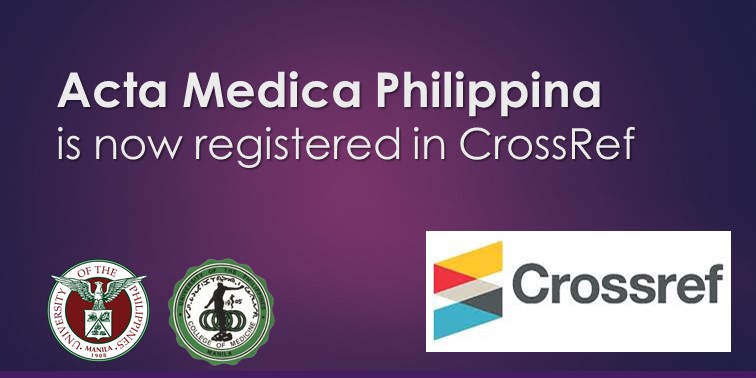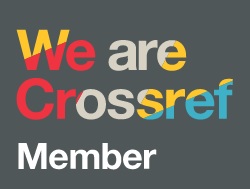The Adherence to Anti-seizure Medications in Adolescents is Complex and Requires Consideration of All Influencing Factors*
DOI:
https://doi.org/10.47895/amp.v59i18.13799Keywords:
epilepsy, anti-seizure medications, seizures, adherence, adolescentsAbstract
We read with interest the article by Gaspi et al. on an observational cross-sectional study of adherence to antiseizure medications (ASMs) among Filipino adolescents aged 10 to 19 years, based on a self-report survey conducted between February and July 2023.1 Of the 51 patients included, 20% were non-adherent, 35% were moderately adherent, and 45% were highly adherent according to the 4-point scale developed by Morisky, Green, and Levine (MGLS). The availability of an unemployed primary caregiver was associated with a 7-fold higher likelihood of moderate to high adherence, while regular use of at least three different ASMs was associated with a 0.3 lower likelihood of moderate to high adherence. The study is noteworthy, but some points require discussion.
The first point is that assessing ASM adherence through a self-administered survey may be flawed due to several disadvantages. It is difficult for the researcher to verify whether the responses regarding adherence are accurate and whether the information about the type and frequency of seizures is truthful. Furthermore, the questionnaire may miss individual aspects of adherence.
The second point is that the serum levels of the ASM taken by the patients included in the study were not measured and correlated with the responses to the questionnaire. In order to assess whether the responses to the questionnaire were reliable or not, it would have been useful to at least measure the serum levels of those ASMs for which serum levels are routinely available.
The third point is that the Morisky-Green-Levine scale itself has several drawbacks. The sensitivity of the instrument is low, but the specificity is even lower. Since the reliability and consistency of the test is low, the Morisky-Green-Levine scale should be used in conjunction with other scales to compare their reliability and assess which is most appropriate for the objectives of a study.
The fourth point is that the study period also included the time of the COVID-19 pandemic. Since access to ASMs may have been limited during lockdowns, it would be interesting to know whether adherence differed before and during the pandemic.
The fifth point is that the paper cites and discusses a series of articles on adherence to ASM therapy in adult patients. Since adherence to therapy can vary depending on age, particularly between pediatric and adult patients, the inclusion of data on adults should be avoided so as not to confuse the reader.
In summary, this interesting study has limitations that affect the results and their interpretation. Taking these limitations into account could strengthen the conclusions and reinforce the message of the study. All open questions must be clarified before readers can uncritically accept the study's conclusions. To monitor adherence to ASM therapy in adolescents, measuring serum levels of ASMs may be more useful than using questionnaires, as the reliability of the results is guaranteed.
Downloads
Published
Issue
Section
License
Copyright (c) 2025 Acta Medica Philippina

This work is licensed under a Creative Commons Attribution-NonCommercial-NoDerivatives 4.0 International License.




.jpg)



